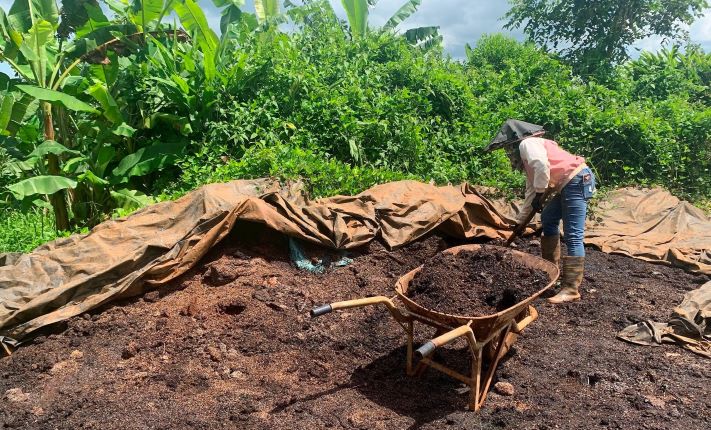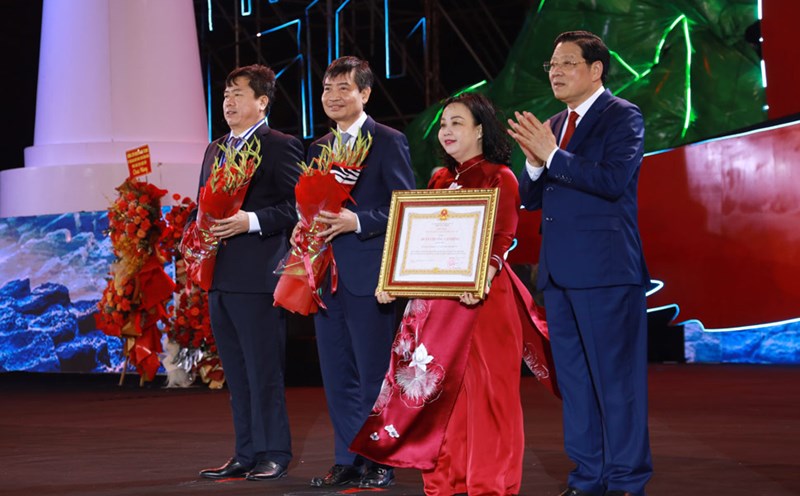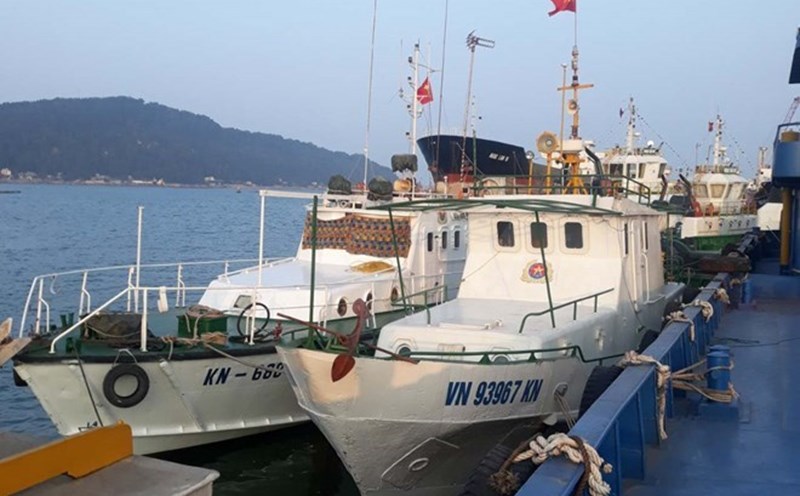Challenges in environmental protection
Dak Nong is the province with the third largest coffee area in the country, with nearly 140,000 hectares and an output of about 356,000 tons/year.
Each year, local coffee production consumes about 206,000 tons of fertilizers and 270 tons of pesticides (BVTV), discharging dozens of tons of packaging and bottle shells into the environment. This poses a serious risk of pollution to air, water and soil.
According to Mr. To Viet Chau, Deputy Director of the Department of International Cooperation (Ministry of Agriculture and Rural Development), the Vietnamese coffee industry is facing many challenges, especially the issue of waste management in production.
The use of herbicides due to labor shortage and high production costs has negatively affected water resources, public health and the reputation of Vietnamese coffee in the international market. In addition, the improper use of agricultural materials and fertilizers is still common.
Currently, some localities in the Central Highlands, including Dak Nong, have implemented a pilot model of waste collection in coffee production. However, the treatment is still not thorough, posing a big challenge in ensuring environmental sanitation standards.

Towards sustainable coffee production
According to Mr. Nguyen Van Chuong, Director of the Dak Nong Center for Agricultural and Forestry Seed Promotion, to improve the quality and value of coffee, it is necessary to step up propaganda to raise people's awareness of environmentally responsible coffee production.
Every year, the Center organizes many forums and conferences with the participation of farmers, businesses and agricultural material manufacturers, contributing to changing the thinking of producers.
Thanks to that, Dak Nong farmers have had positive changes in waste management, reasonable use of fertilizers, priority for organic fertilizers and collection of agricultural waste.
Currently, Dak Nong has nearly 23,000 hectares of coffee cultivated according to certification standards, with an estimated output of 76,000 tons/year. Of which, 220 hectares are VietGAP certified, 9 hectares are organic certified, and more than 22,500 hectares meet standards such as 4C, UTZ.
Thanks to economic, environmental and health efficiency, the increasing area of certified coffee shows the efforts of farmers and businesses in minimizing the impact of waste on the environment, towards sustainable production.












